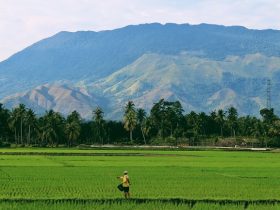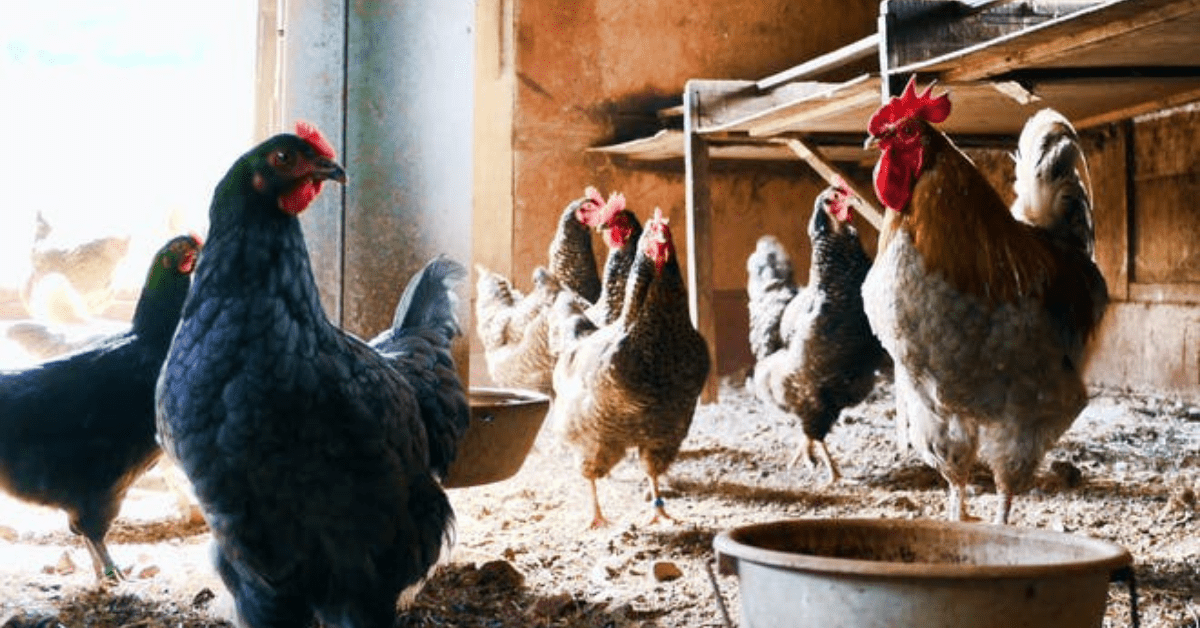The world came to a standstill in 2020 because of the COVID-19 pandemic. Millions of people were forced to stay at home to prevent contagion. Some people were able to continue their productive activities from home. However, this was not possible in several manufacturing industries. With so many workers at home, productivity plummeted in some cases.
Some industries were critical for the survival of so many people at home. For example, the telecommunications industry was necessary to keep people active at home. Students took virtual lessons through the Internet, just to mention one example. Equally critical was the agricultural industry. It was necessary to ensure the supply of food to the millions of people quarantined at home. Hence, for such industries, there was no option but to keep on with their activities.
In general, the agricultural industry was very resilient to the havoc of the pandemic. The production, although affected somehow, was still possible thanks to automation. Actuators have been integrated into agricultural machines to enhance their performance. You can see some of the said devices here. Automated agricultural machines allowed the production of food without the need for many workers in the fields.
An academic study has forecasted a decline in the international prices of some agricultural products during 2020-2021. But even though the supply chains were somehow disrupted at the local level, the agricultural industry hasn’t slowed down. This was reflected in the greenhouse gases that result directly from agriculture. They have decreased by 1% only during the COVID-19 pandemic.
Further Mechanization of the Agricultural Industry
As for the global market of agricultural machinery, expectations were high. A different economic study had forecasted a CAGR of 4.6% for the period 2018-2023. It is not clear whether this growth rate will be the same after considering the effects of the pandemic. Yet, the demand for automated agricultural machinery is expected to grow.
Because of the labor shortage, the agricultural industry will rely more on mechanization. Tractors are already commonplace on any farm in the world. Combine harvesters have a strong presence in agriculture too. But there is room for further mechanization. Planting and fertilizing, for example, are tasks that can be performed by automated machines. Hence, fewer workers will be needed with the use of adequate machinery.
Although the perspective of a safe and effective vaccine has given hope to the world, full normalization is still far. Hence, the agricultural industry should pursue technological innovation. This will guarantee food supply for the immediate post-pandemic period. Efficient and precise farming will be the key to a rapid recovery.
The Effect of the Pandemic on Small Farmers
The COVID-19 pandemic has shown us how fragile our economic systems are. Because of the lockdowns and social distance measures imposed around the world, the demand for food declined. Many restaurants, for example, were forced to keep their doors closed to prevent the spread of the infamous coronavirus. As a result, the prices of many agricultural products dropped drastically. This had a detrimental impact on the livelihoods of small farmers worldwide.










